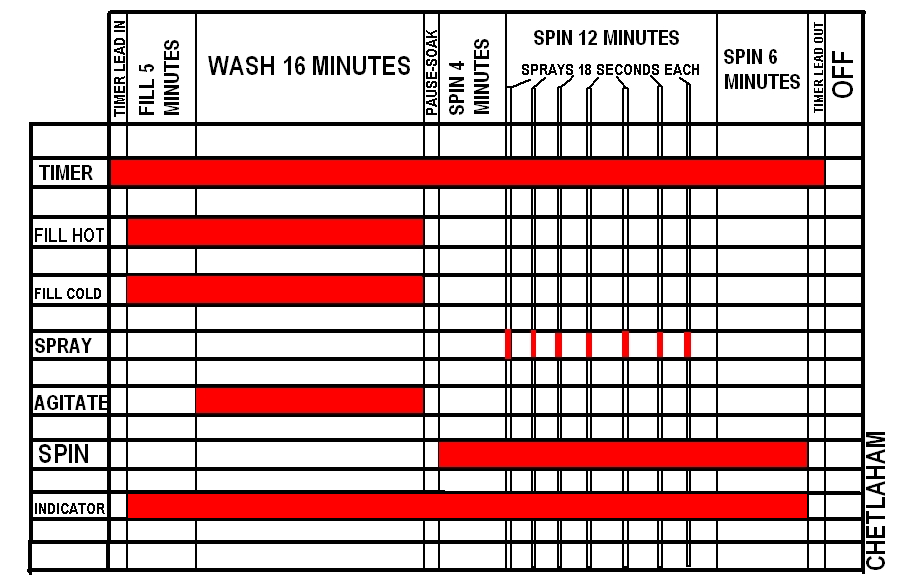At my house...
My old Frigidaire TL had both cold and cool temperature settings, in addition to the standard warm and hot. Whereas the "cold" setting simply added cold water from the tap without any heat, the "cool" option added in a small amount of warm water. Presumably, the latter setting is intended to activate the detergent (pods in particular) and improve the washing performance. However, I generally avoid using cold water for laundry, except when washing delicate items or those with dog urine stains.
My tankless water heater is set to 120°F, which is the highest it can legitimately go. The big downside is that this heater takes as long as a full minute to heat up water, no matter where I am in the house. This was not a big deal with the TL, since it filled continuously. However, this poses a problem with my new GE FL. Since that washer uses significantly less water than the old one, it logically means that hot water is unable to reach the machine in time. And having the laundry room upstairs exacerbates the problem.
To counteract this, I have devised a workaround by running hot water from any faucet until it gets hot enough, such as from my bathroom faucet. Doing this purges the pipes of cold water, thereby allowing hot water to get into the washer much quicker.
In general, I use the following temperatures for my laundry routine:
- Everyday laundry (darks, colors and jeans): Warm
- Bedding (sheets, pillowcases and blankets): Warm
- Towels and whites: Hot
- Heavily soiled items contaminated with bacteria and/or allergens: Extra Hot (I use the Sanitize + Allergen cycle judiciously)







